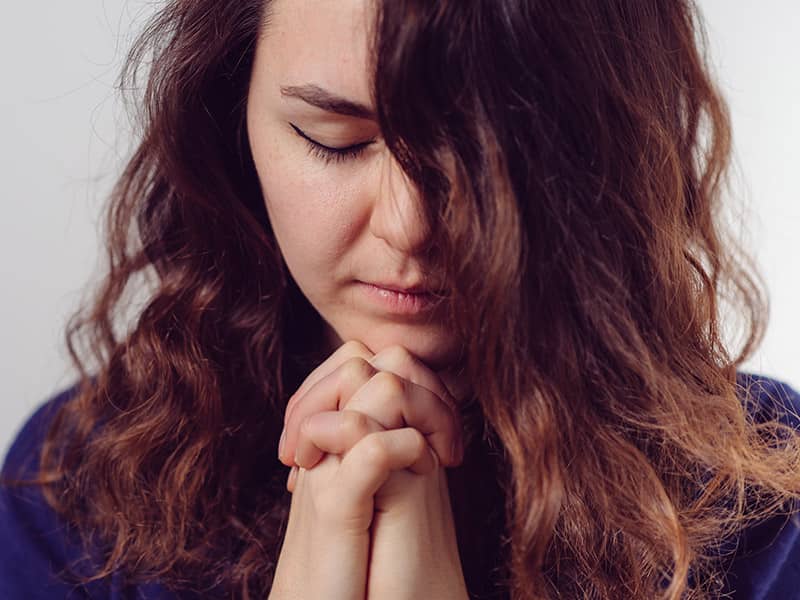Other times we broaden the definitions a bit, to include those who worship alongside us. The Grand Mosque of Paris tells of a broader definition, a definition that saved lives and put the mosque itself at risk.
“Yesterday at dawn, the Jews of Paris were arrested. The elderly, the women, and the children. In exile like ourselves, workers like ourselves. They are our brothers. Their children are like our own children. Anyone who encounters one of his children must give that child shelter and protection. . .”
This letter was found among old papers in a Tunisian-owned café in Paris. The letter was written in Kabyle, a language spoken only by the Kabyle, a group of Berber Muslim from the Atlas Mountains of Algeria. They worshiped at The Grand Mosque of Paris, a mosque built by the government to thank Muslim soldiers for their service in World War I. Later, this same mosque sheltered Jews and others hiding from the Nazis.
Karen Gray Ruelle and Deborah Durland DeSaix retell this story in the picture book The Grand Mosque of Paris: A Story of How Muslims Rescued Jews During the Holocaust. It is a story of forged documents, altered tomb stones and furtive journeys through subterranean passage ways. It is also a story of bravery and daring as one group of people, who on their own could have remained relatively safe, risked all to rescue people they didn’t know, simply because they recognized a common Brotherhood.
The Kabyle found themselves in a unique position. Their language was spoken by no one but themselves, making it perfect for passing messages. They had built the Paris subways so they knew what lay underground. Additionally, they looked very like some of the Jews who came from the same area as the Kabyle. Still, once the mosque came under suspicion, it would have been easy to turn their backs and keep their own families safe and to keep their place of worship safe. Fortunately, they did not.
The oil paintings that illustrate the mirror the depth and complexity of the people who risked all to be of service in not one but two world wars. Sometimes the colors are dark, heightening tension. Other times they are bright and hopeful. Given the subject matter and the length (40 pages, 3500+ words), this isn’t a picture book for the younger set. Still older grade school students who are studying the Holocaust will benefit from this story of bravery.
Books about the Holocaust are not rare but none other tells this particular story. When we think of people being granted sanctuary, we think of people hiding in Christian churches. This story broadens that image to include a mosque and the people who worshiped there, people who risked freedom and life itself to save their Brothers and their Sisters.
Interested in writing something like this for Prayables? Click !

